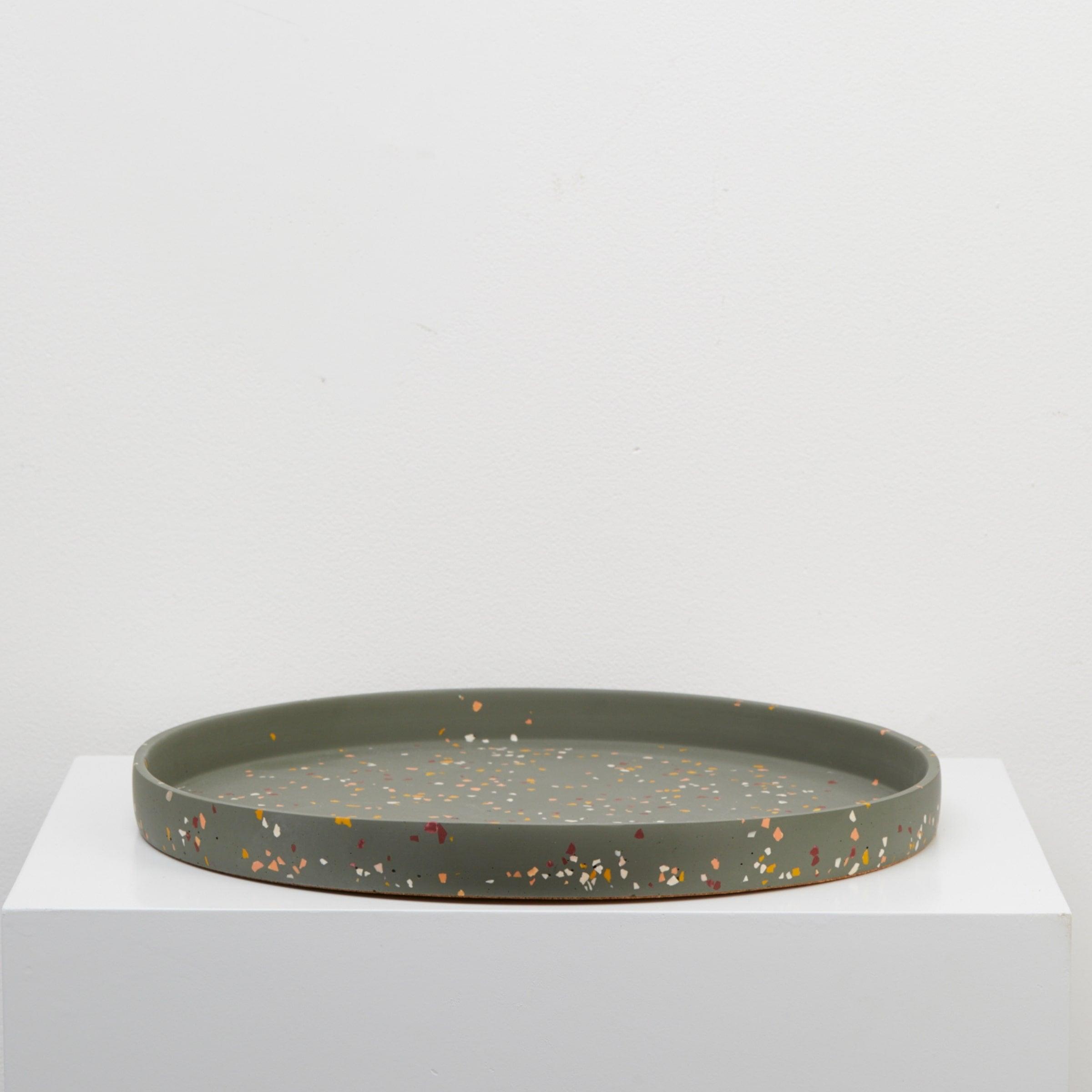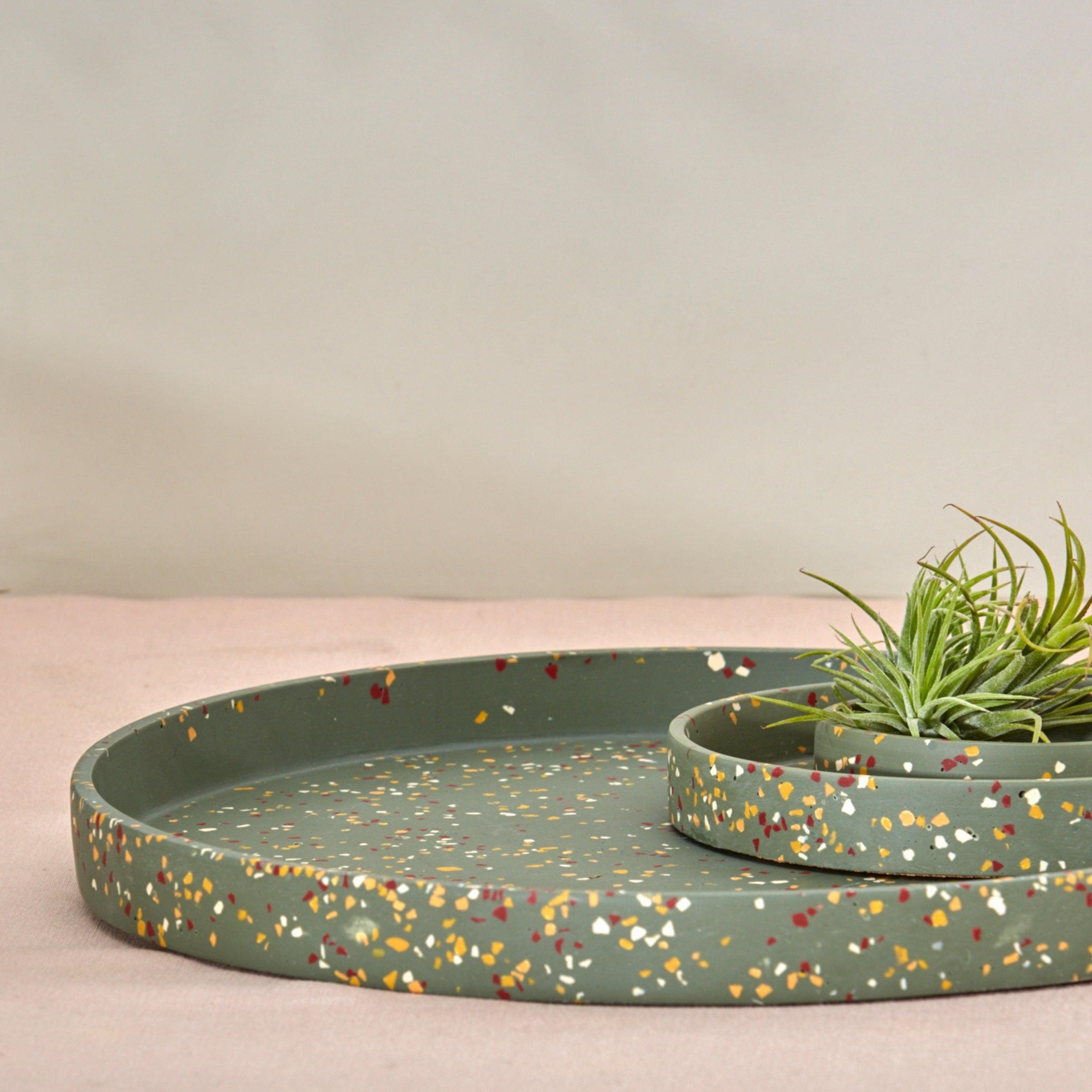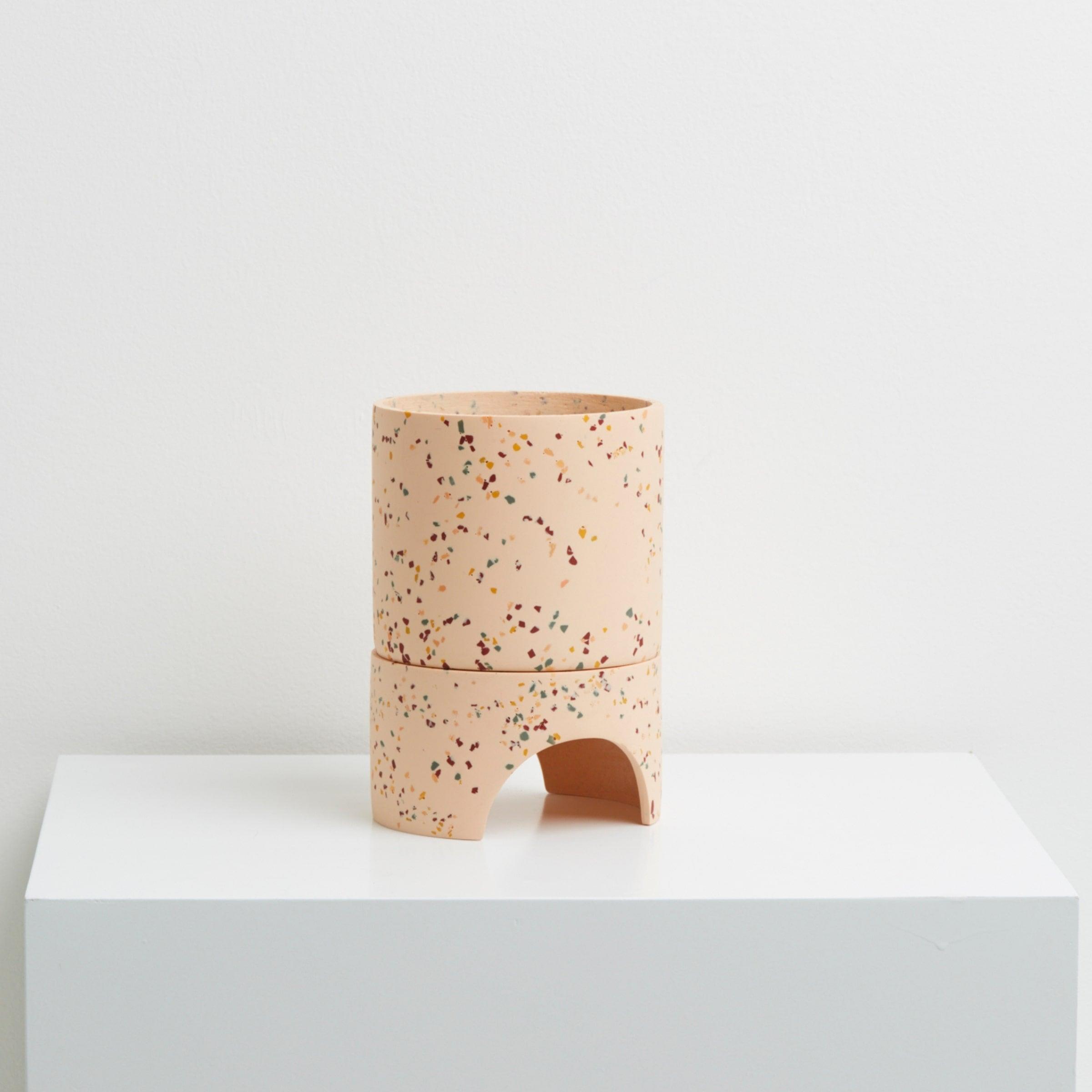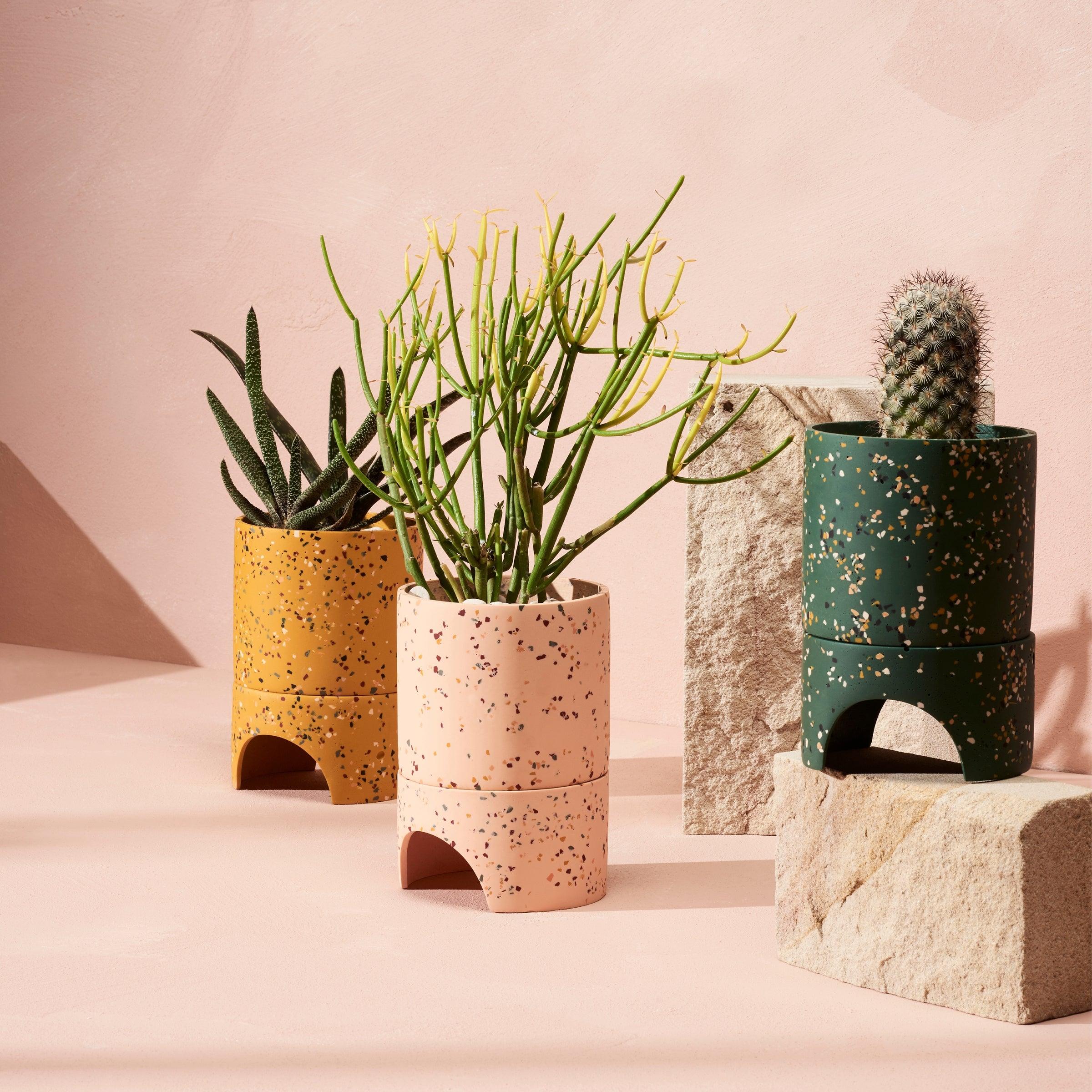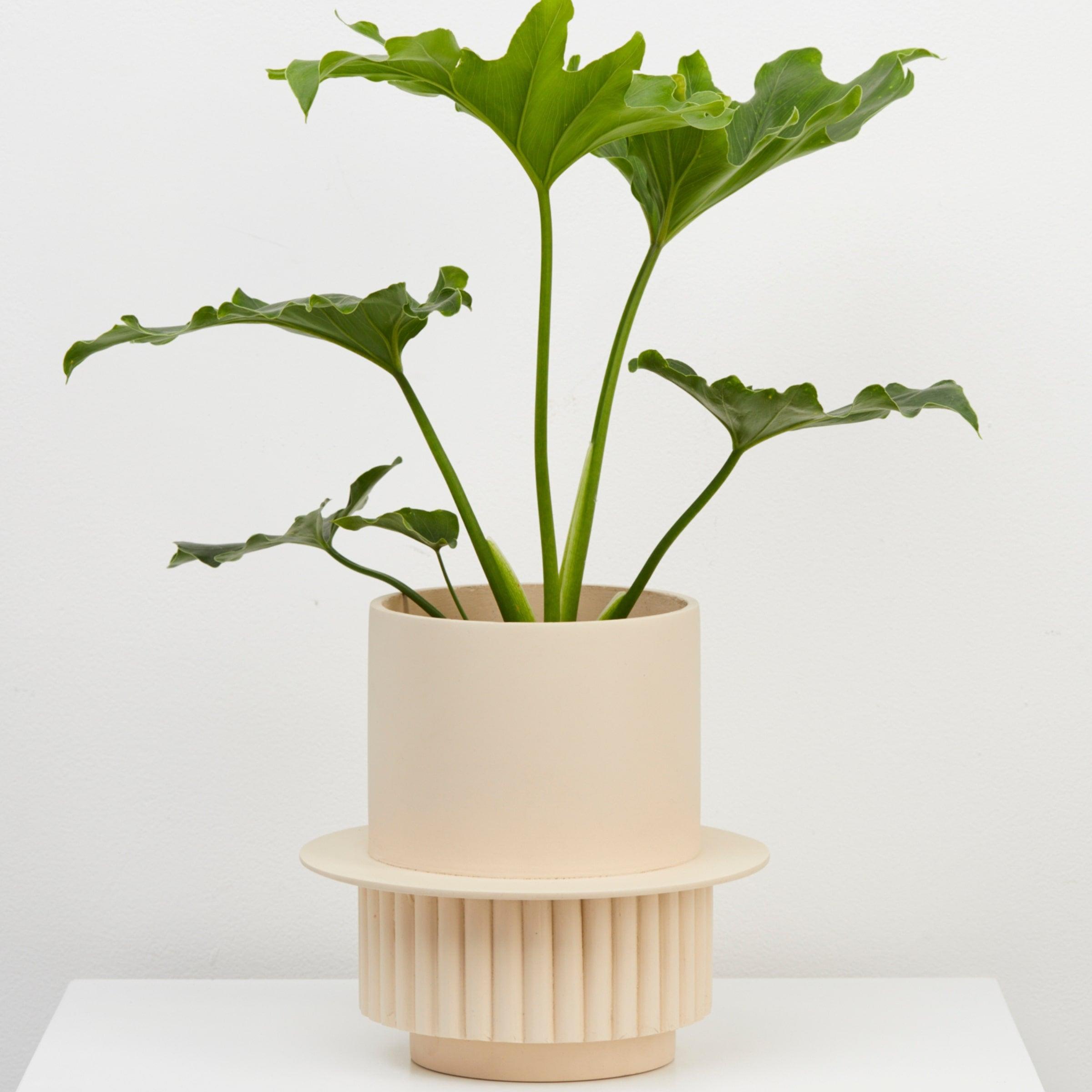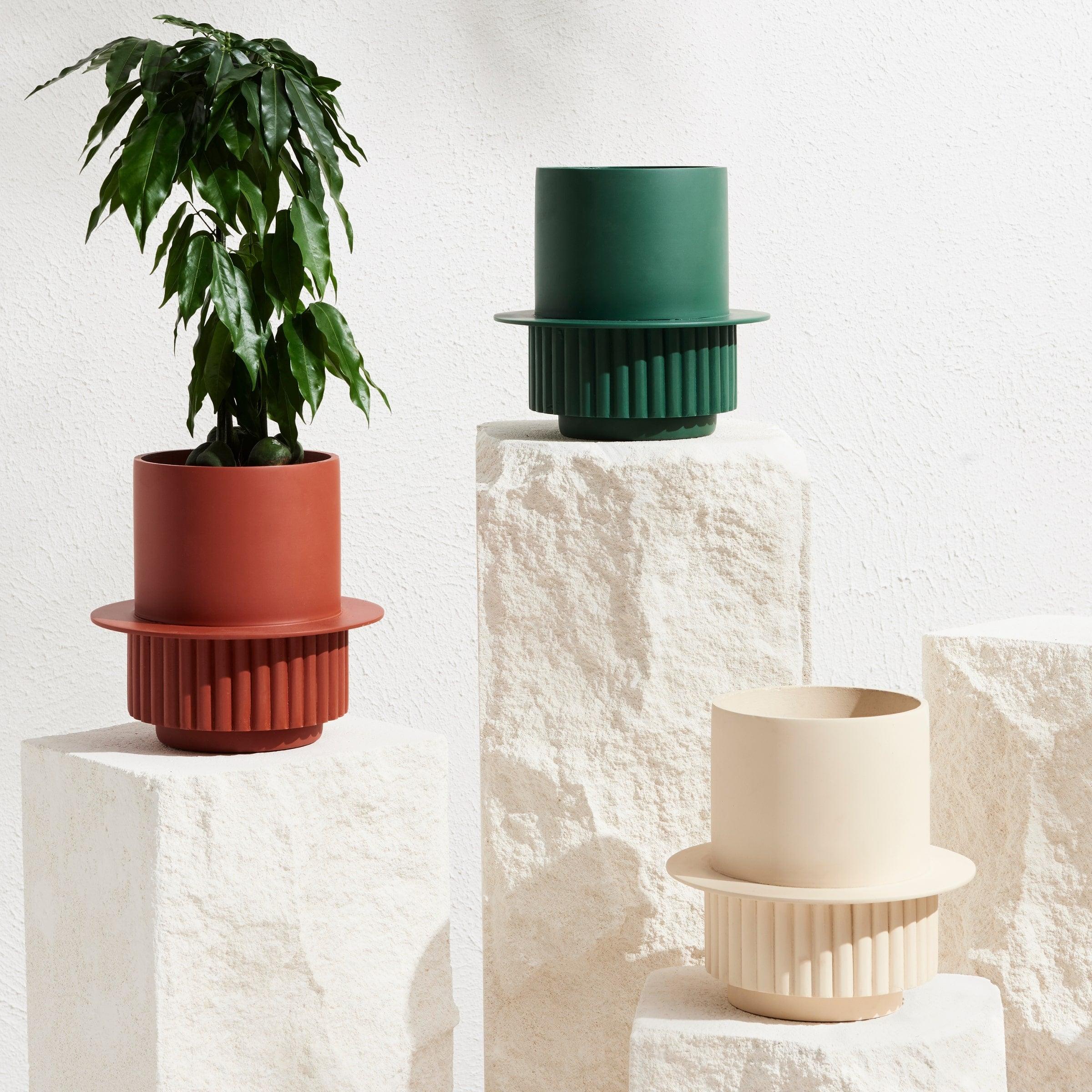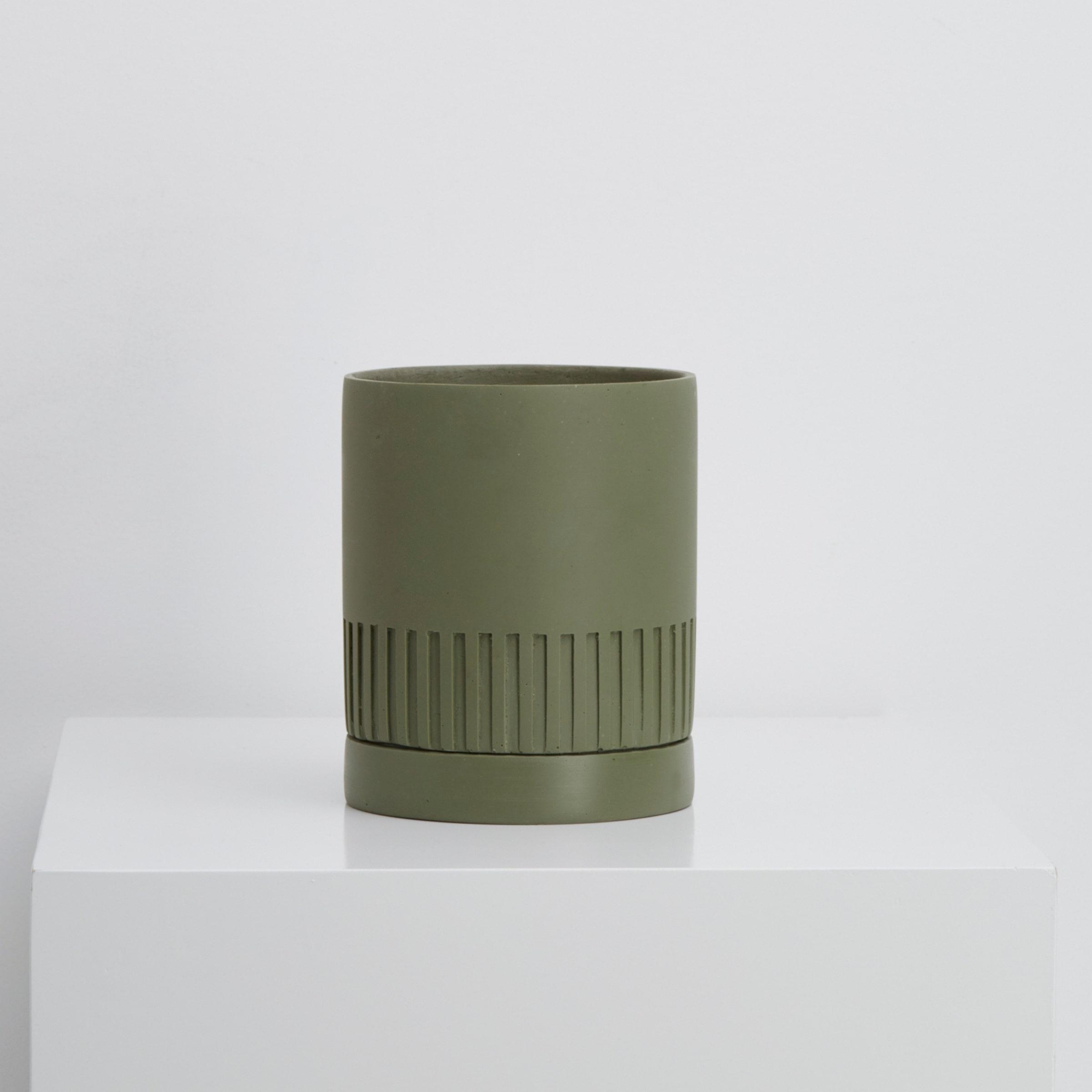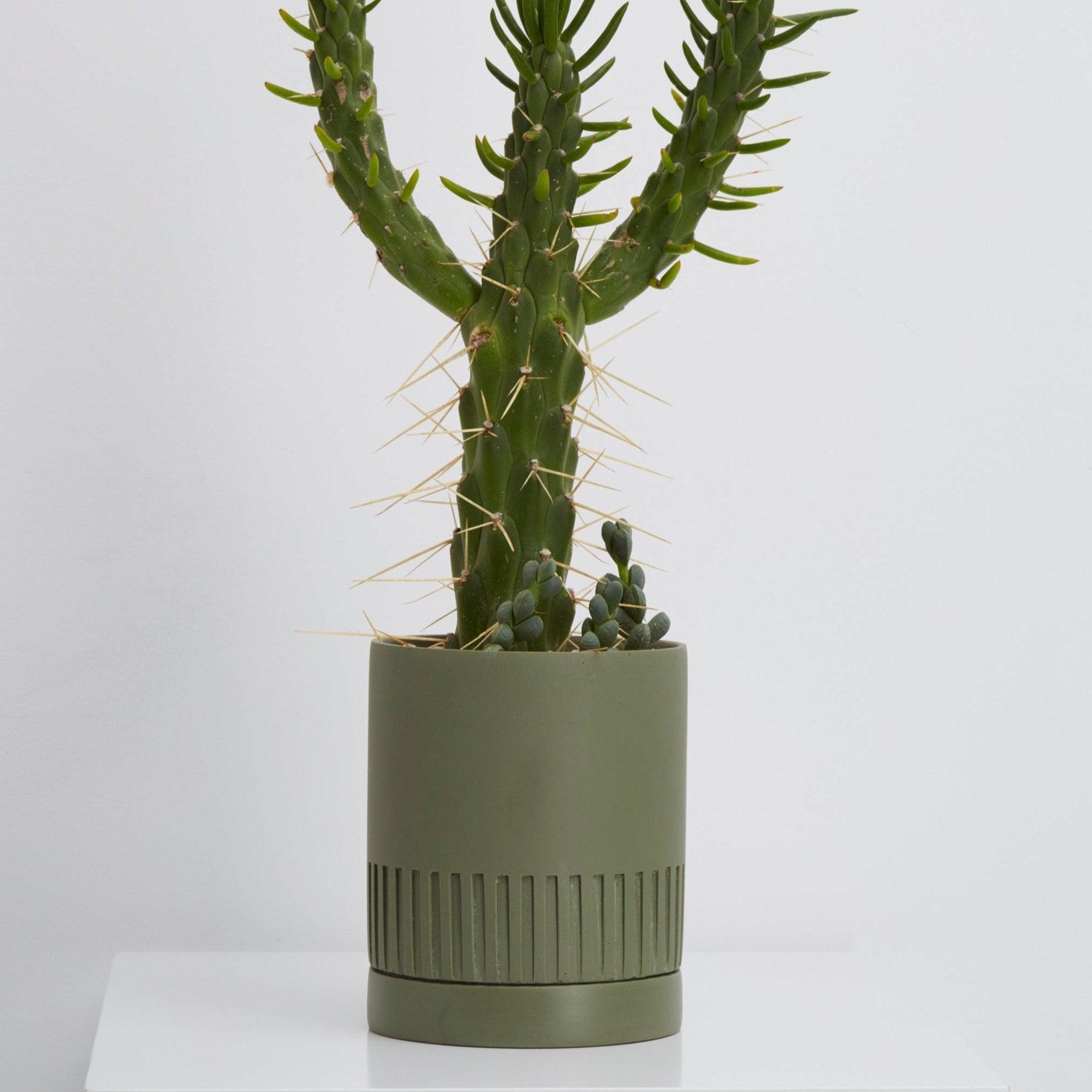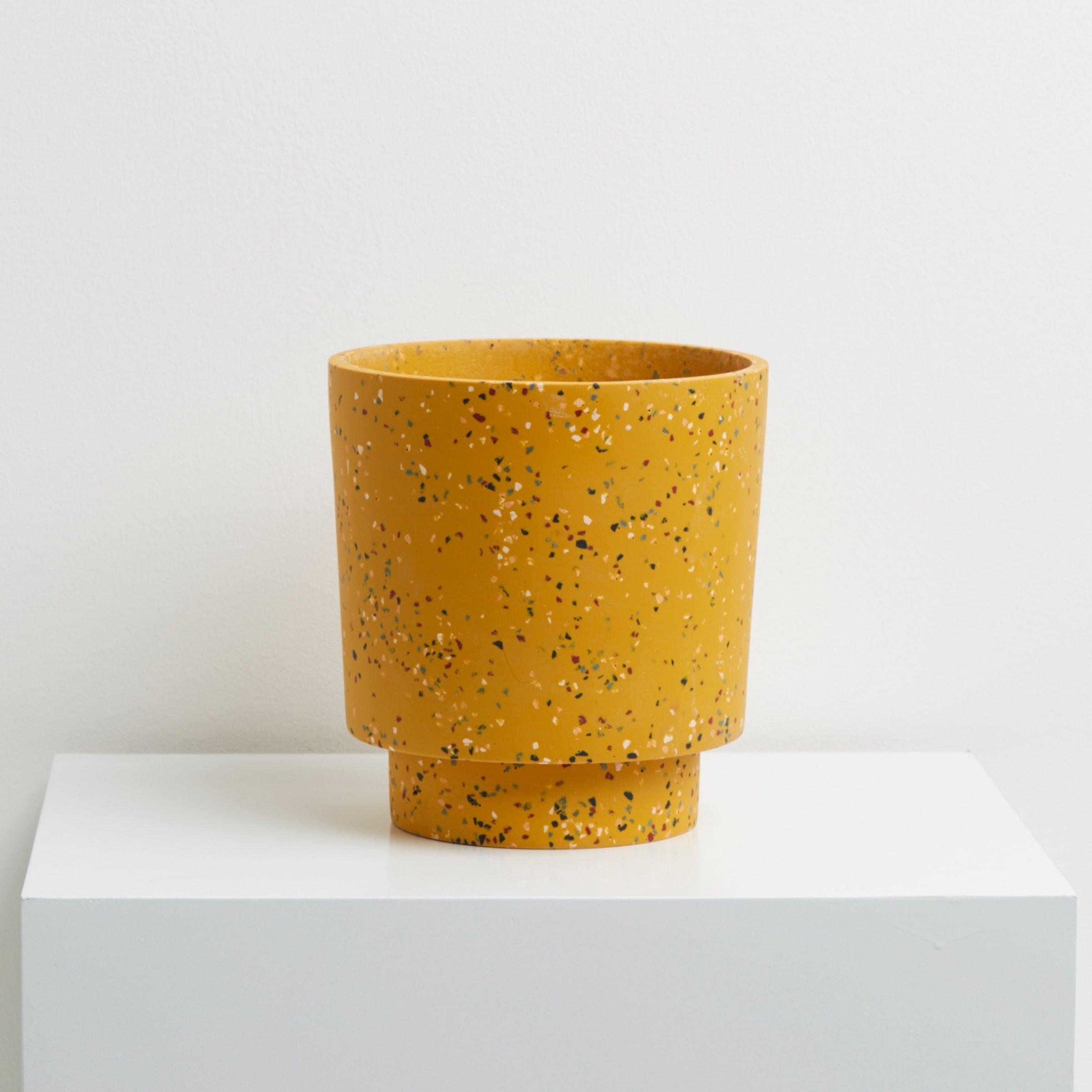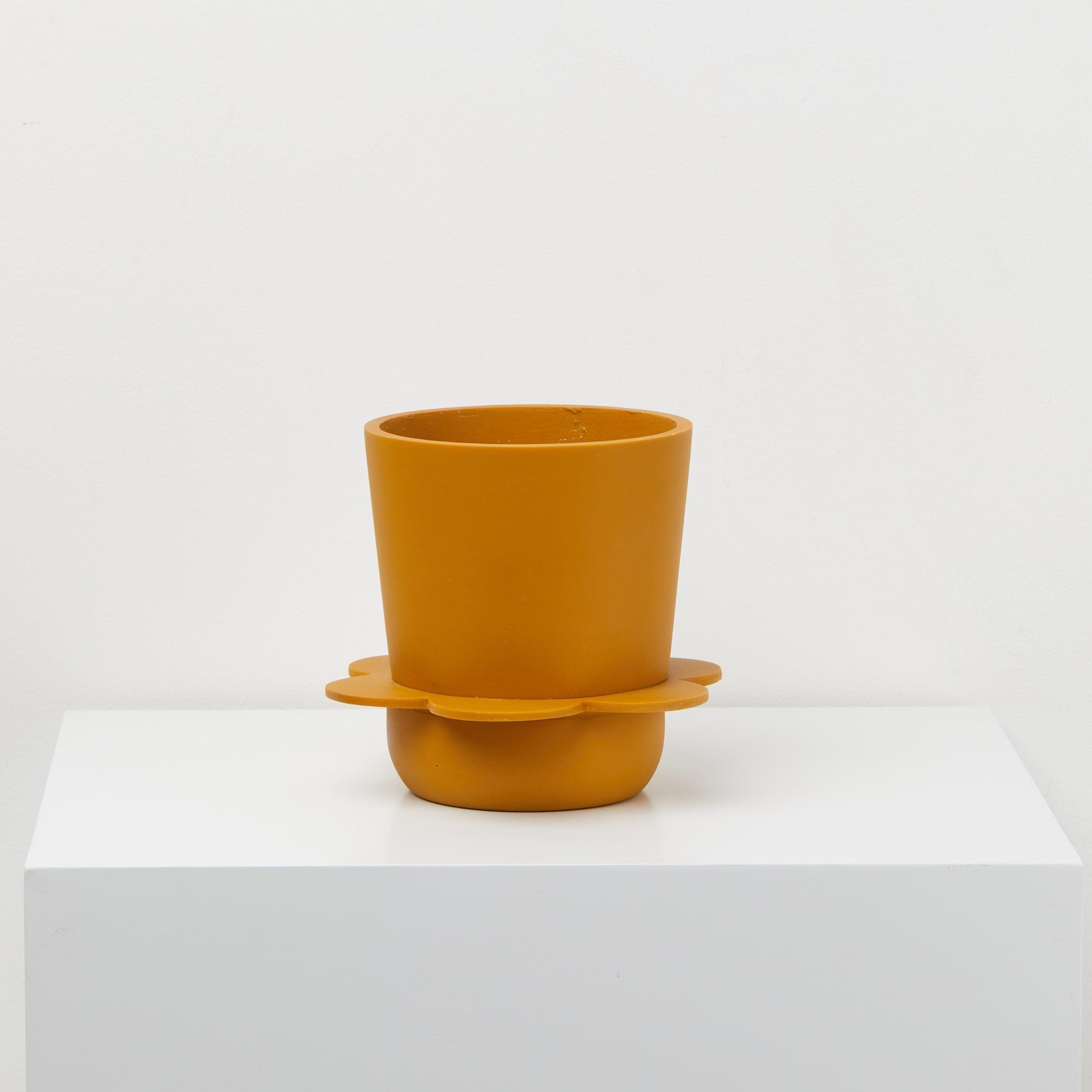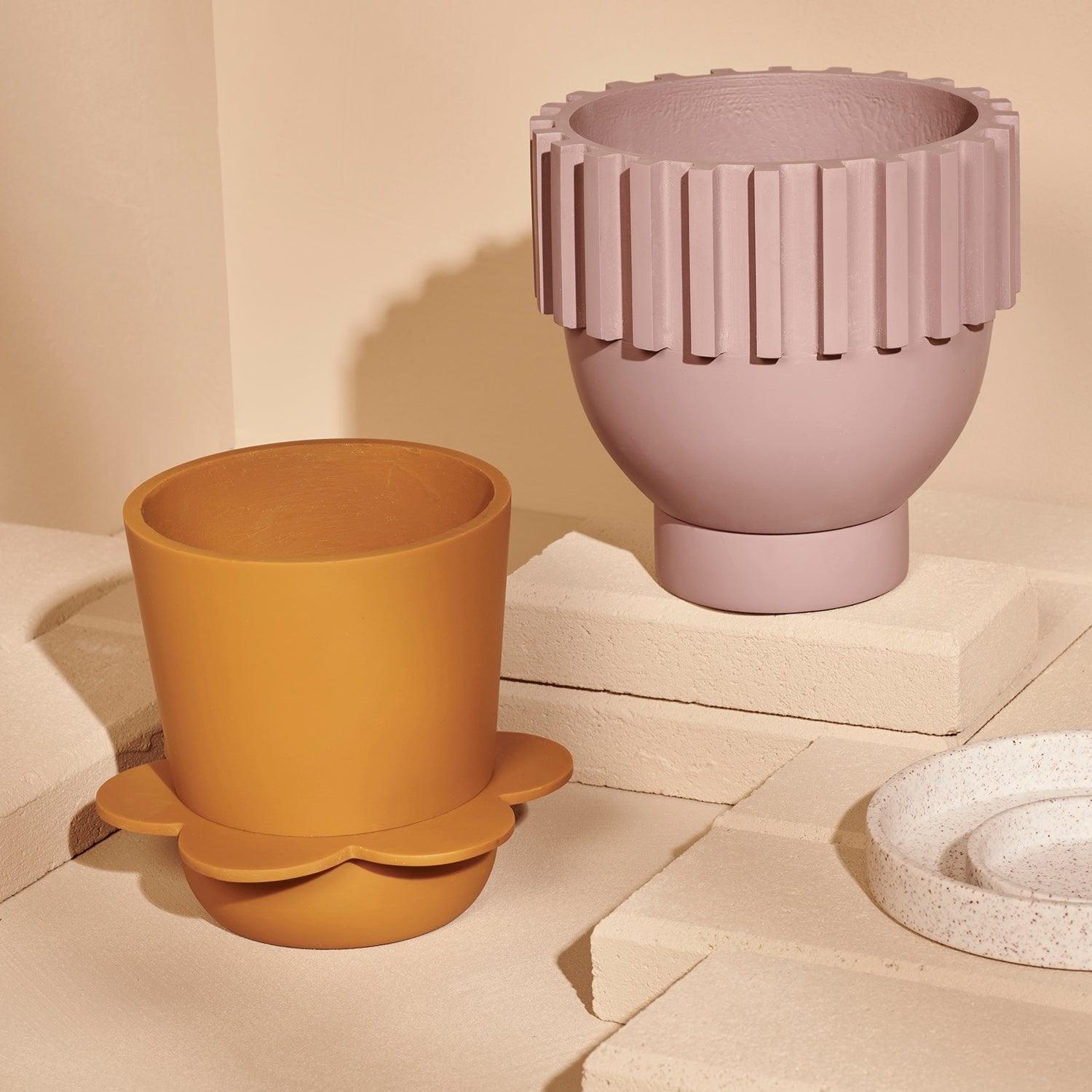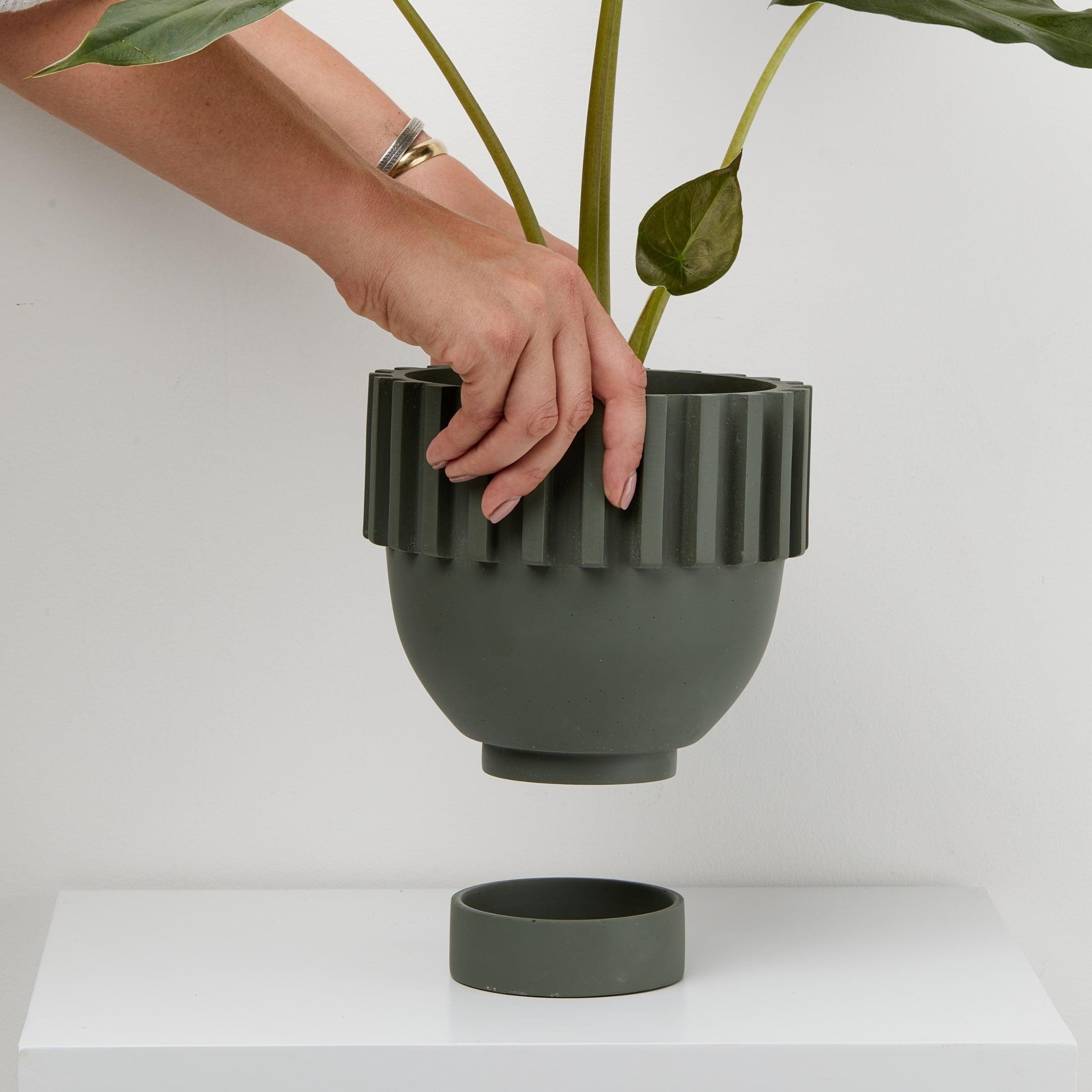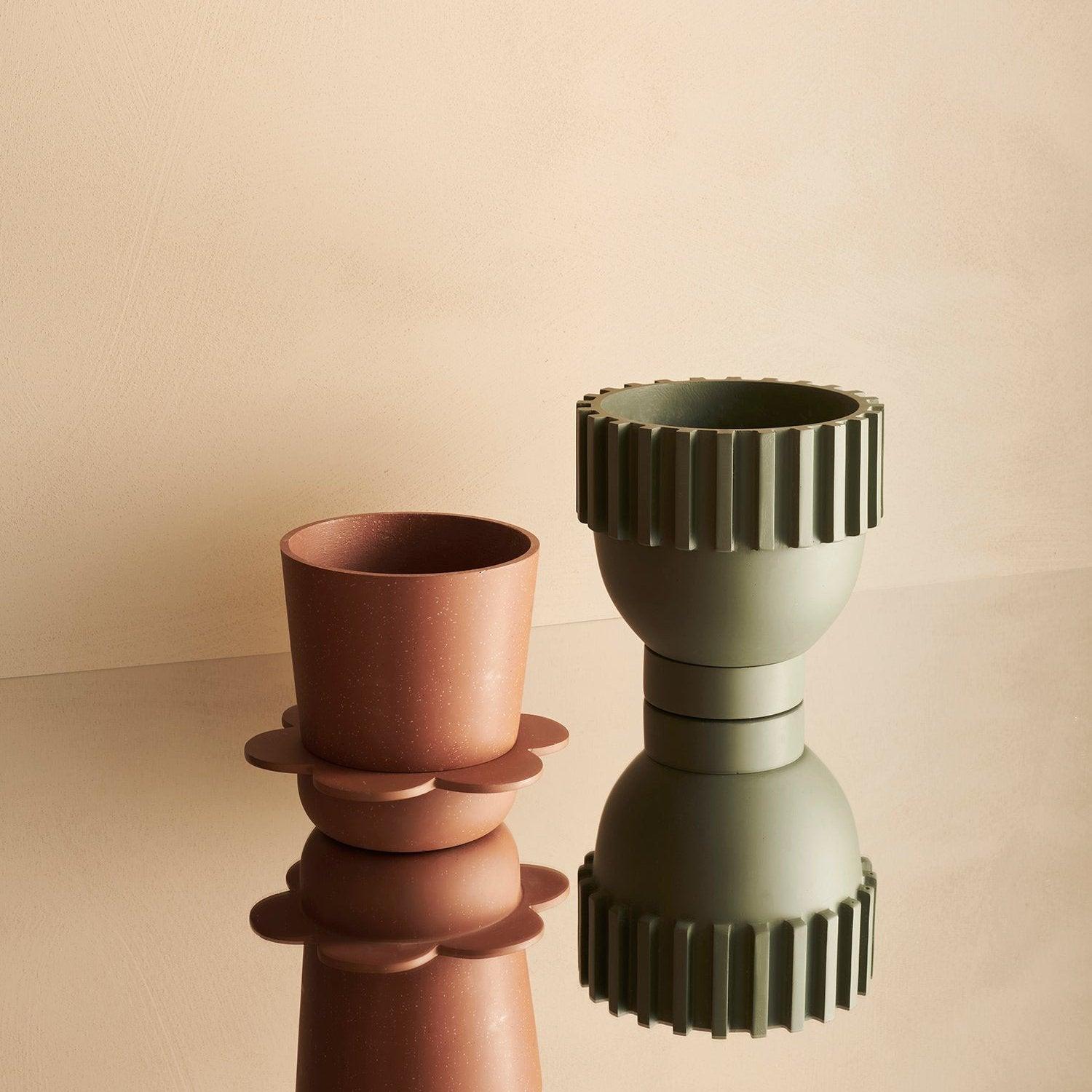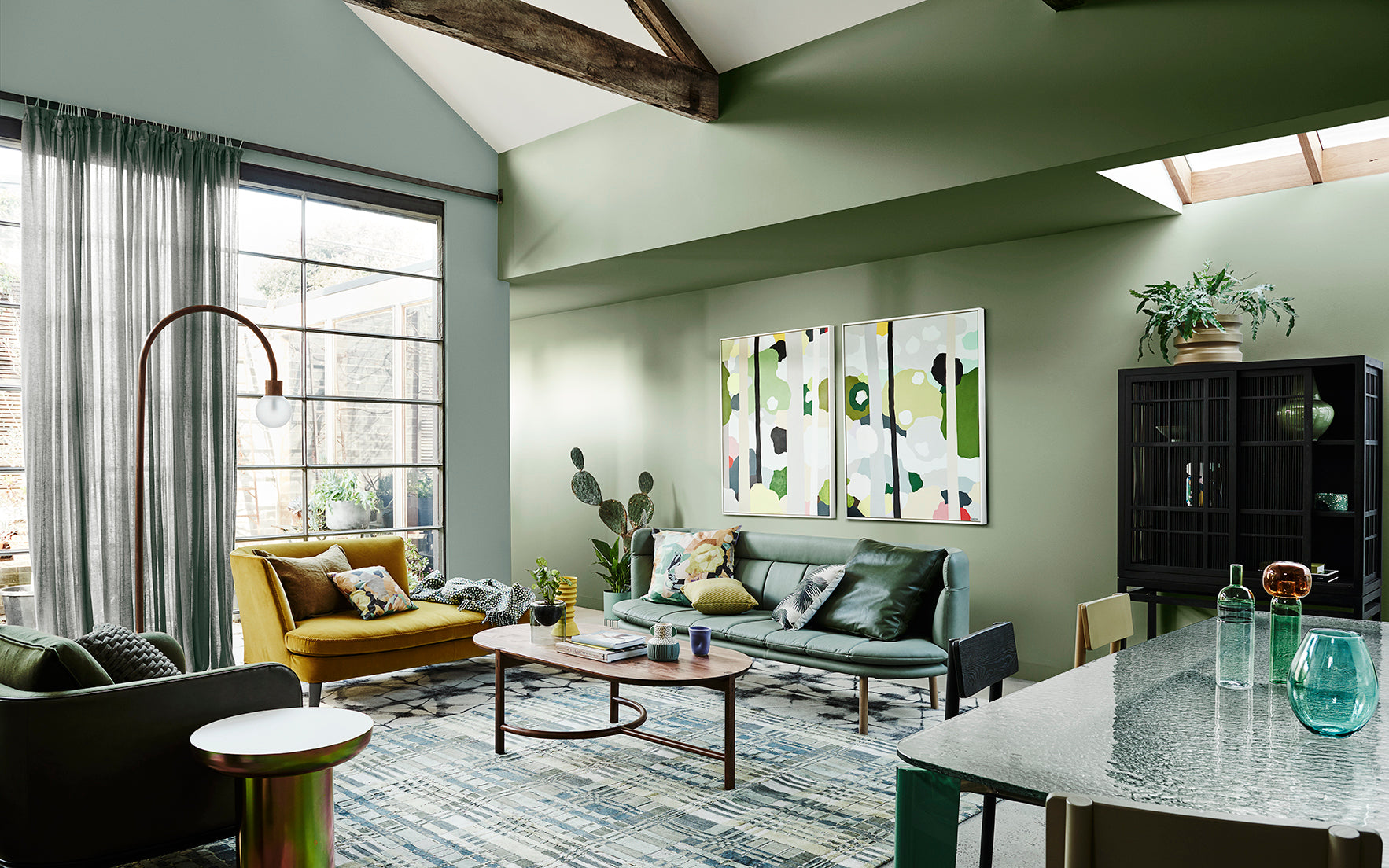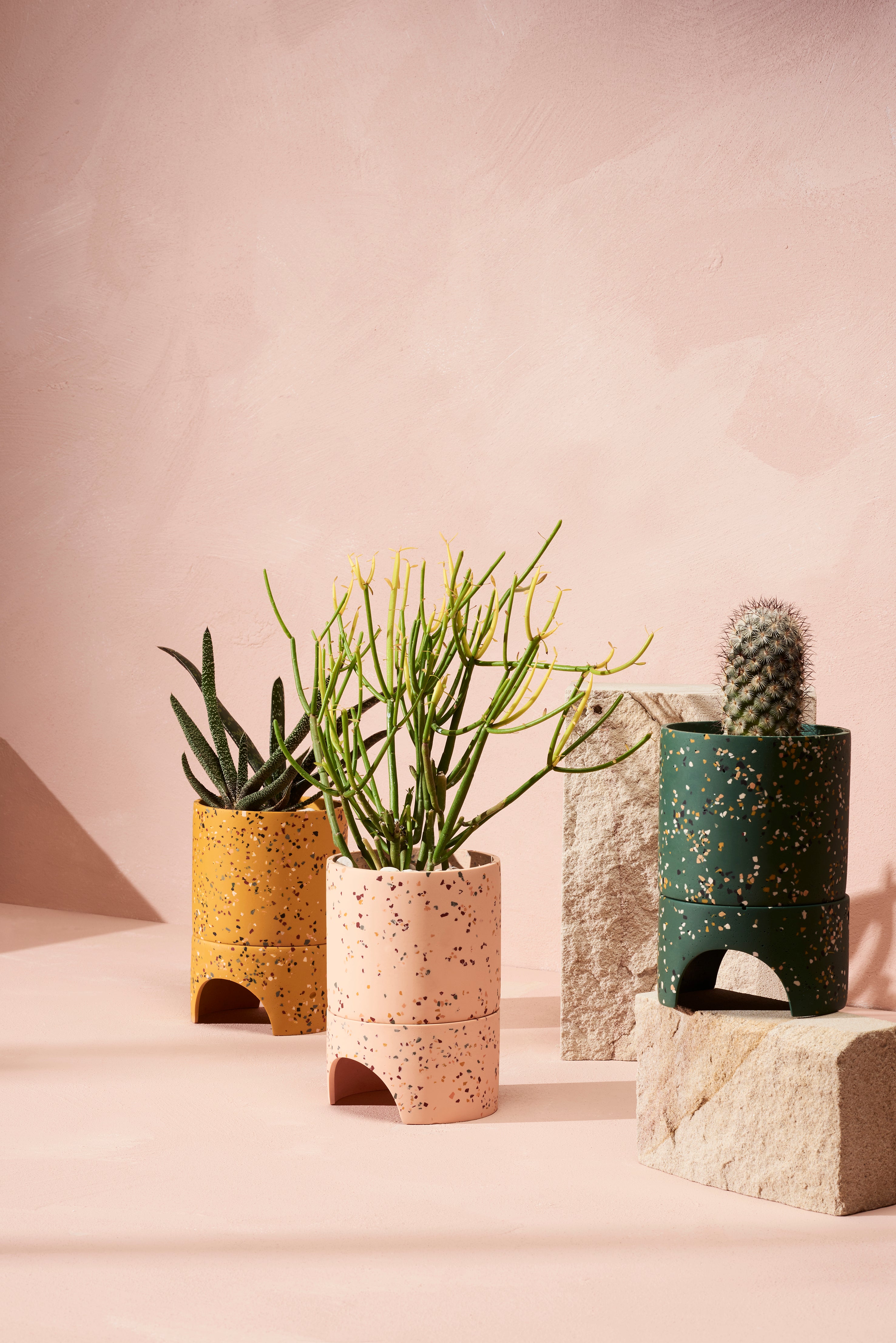
FOR THE LOVE OF TERRAZZO
There’s a certain allure that comes from terrazzo creations. Terrazzo walls, floors and pieces have a distinct style to them, one that can often give the feeling of glamour and an effortless sleekness. The signature terrazzo style generally sees flecks of marble, glass or various stones sprinkled into a cement-based binding material, before being polished to create a smooth, finished piece. Examples of terrazzo can be seen all across the globe, from hotel lobbies to the Hollywood Walk of Fame. But where did this style come from? Read on to learn a little bit about the origins and history of terrazzo.
‘Terrazzo’ is an Italian word that translates to “terrace” and has origins in the Latin word “terra” which means “earth”. Although archaeologists use the word to describe the floors found in early Neolithic buildings in Western Asia from 9,000 – 8,000 BC, these floors contained pieces of crushed-up limestone, were constructed from burnt lime and clay, and coloured with ochre, making them quite different to the terrazzo we know and love today. Modern day terrazzo stems from the 15th century in Venice, and was first created by workers using offcuts of marble from jobs. These first terrazzo floors would often be created for the workers’ own homes. The 18th century saw terrazzo spread to the United States, although it didn’t gain widespread popularity until the 1920s.
The popularity of terrazzo increased during the Art Deco era of the 1920s, with the invention of electric grinding machines (meaning terrazzo no longer needed to be polished by hand) and divider strips. New developments in style continued, and in the 1970s, polymer-based terrazzo began being produced.
Today, terrazzo can be found in many locations, in a multitude of different colours, and with various materials making up the signature chips within it. Capra Designs has a number of pieces inspired by terrazzo, from our Terrazzo Keepsake Boxes through to our Terrazzo Dome Hanging Pot. Each piece is available in a selection of colours and is a reflection of the timeless terrazzo style.

